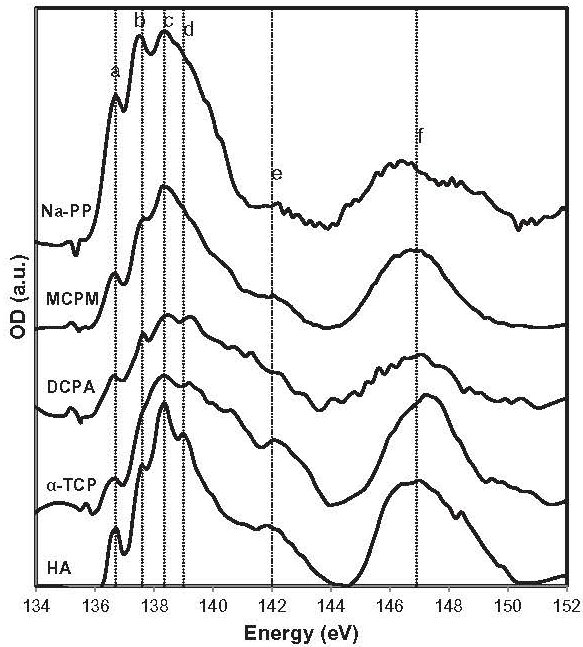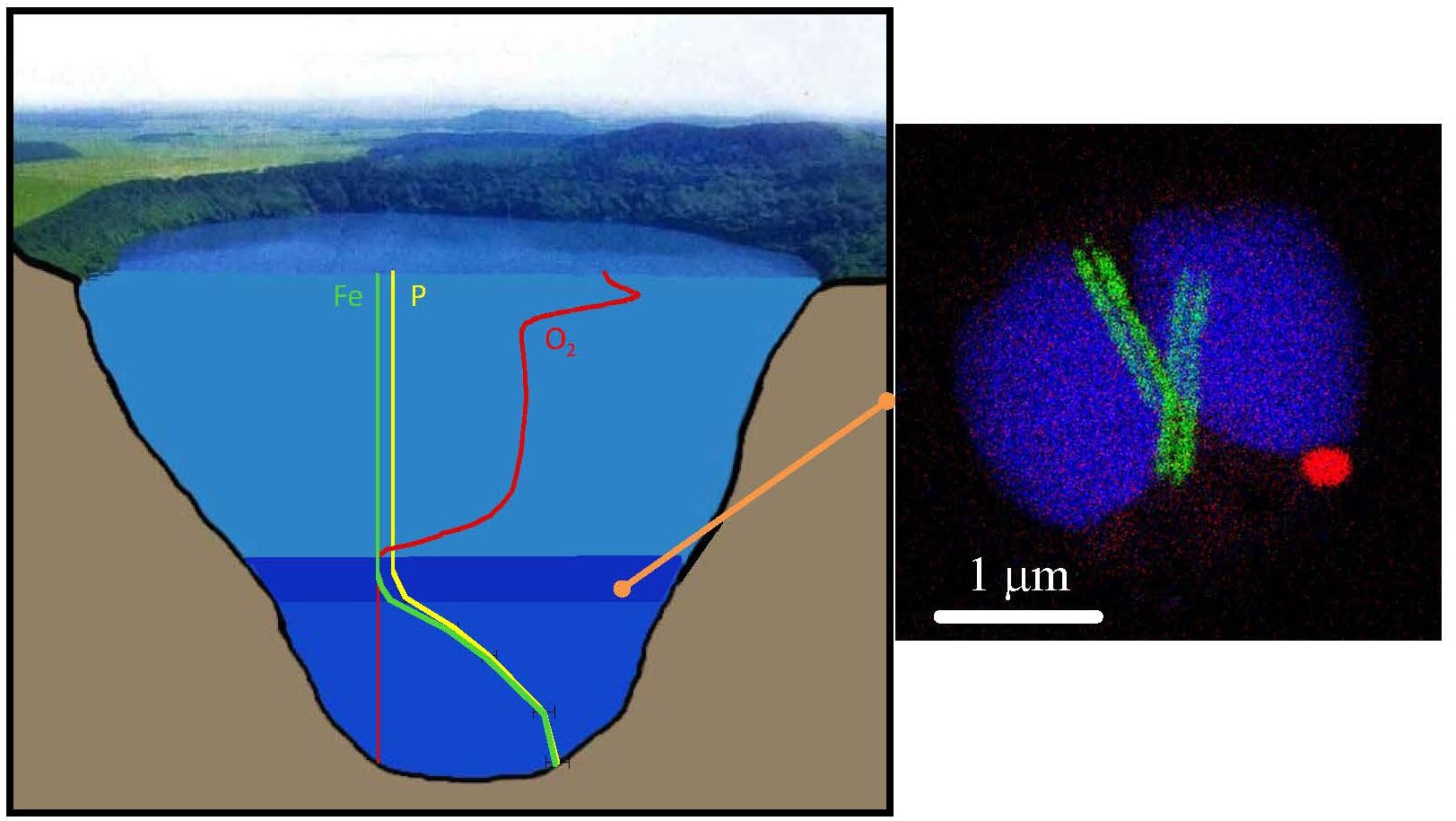|
Although the formation of clays has long been
considered as a purely abiotic process, an increasing number of studies has
recently suggested the implication of microorganisms for some of them. Over the last years, we have been investigating silicate biomineralization through field sample studies and lab experiments.
Characterization of P species at the nanoscale
 |
Charaterization of P species by scanning transmission x-ray microscopy (STXM):
- identification of P mineral through Ca and P speciation (Ca & P L2,3 edges)
- Quantification of carbonate substitution (C K-edge)
Benzerara et al (2004) Geobiology
Cosmidis et al (2015) Acta Biomaterialia
|
Geochimical impact of polyphosphate and Fe-phosphate formation
|
 |
Role and mechanisms of Fe-phosphate biomineralization in Lake Pavin
Cosmidis et al (2014) Geochim. Cosmochim Acta
Busigny et al (2016) Book chapter
Massive formation of polyphosphate by some magnetotactic bacteria in Lake Pavin
Rivas-Lamelo et al (2017) Geochemical Perspective
Letters
|
|
|
|
Molecular mechanisms of calcification
|
 |
Kinetics and localization of calcification by E. coli mutants surexpressing alkaline phosphatase phoA
Cosmidis et al (2015) Frontiers in Earth Science
In silico and in vitro analysis of diverse phosphatases involved in calcification
Skouri-Panet et al (2018) Frontiers in Microbiology
|
|
Fossilization of bacterial cells by calcification
|
 |
FIB/TEM/STXM characterization of bacterial fossils in phosphorites/coprolites...
Cosmidis et al (20013) Chemical Geology
Cosmidis et al (2013) Geobiology
Zaton et al (2015) Palaeogeography,
Paleoclimatology, Palaeoecology
|
|
Medical calcifications
|
 |
Nanoscale characterization of so-called nanobacteria/microcalcifications
Benzerara et al (2006) Journal of Investigative Medicine
Bacterial knvolvement in the formation of some kidney stones
Marine Livrozet's PhD
|
|
|



